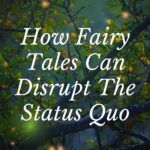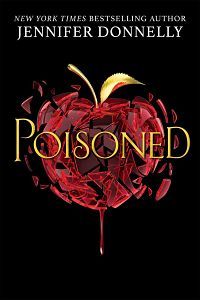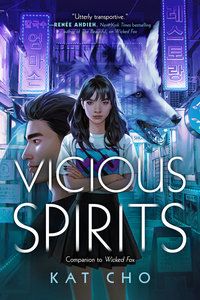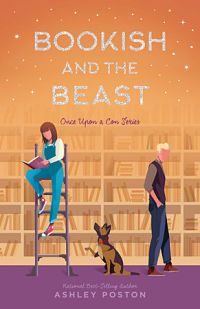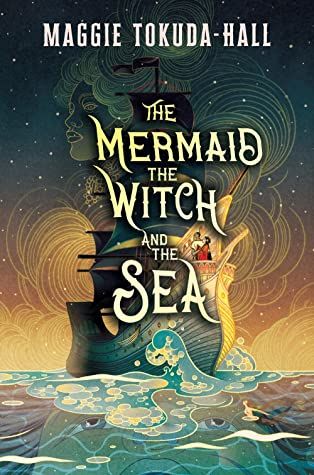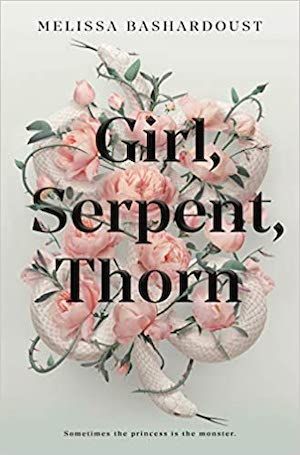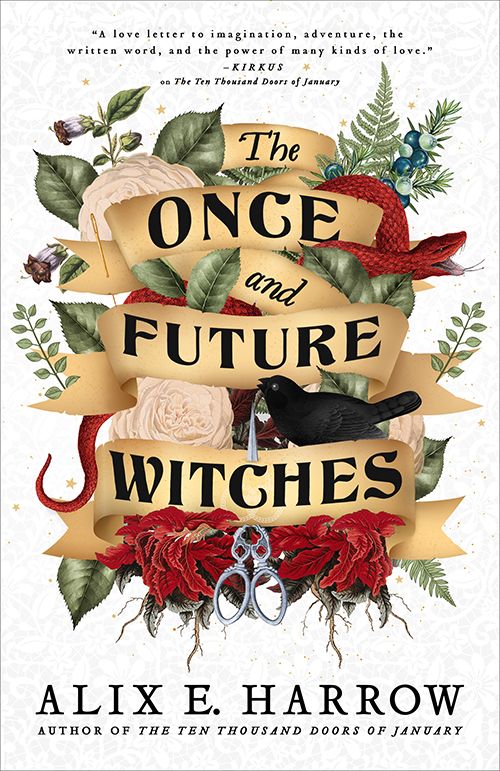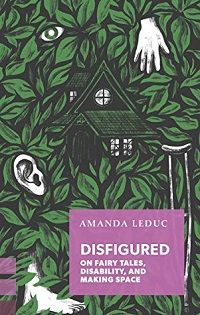Take, for example, Beauty and the Beast, originally written by Gabrielle-Suzanne Barbot de Villeneuve and published in 1740, then popularized by Jeanne-Marie Leprince de Beaumont a decade later. Beaumont adapted Villeneuve’s version by shortening it and including more virtue signaling. Both pieces have predecessors, of course, in the myth of “Cupid and Psyche” as well as older fairytales featuring animal transformations and marriages. In Beauty and the Beast: Classic Tales About Animal Brides and Grooms from Around the World, Dr. Maria Tatar explains some of the social contexts Beaumont put into her retelling: “Madame de Beaumont’s tale attempted to steady the fears of young women, to reconcile them to the custom of arranged marriages, and to brace them for an alliance that required effacing their own desires and submitting to the will of a ‘monster.’” When I taught fairytales several years ago, my college students were shocked to think about Beauty and the Beast as a tale about arranged marriages. For them, the story is about loving people no matter what they look like, and while they’re not exactly wrong, they’re failing to think about how young girls were often married to much older men, men they would perhaps find beastly. It’s also notable that Beauty is, well, beautiful. Would the story be the same if she were as hideous as the Beast, or if their places in the story were exchanged? Centuries later, in 1979, Angela Carter published “The Tiger’s Bride” in The Bloody Chamber and Other Stories. In this retelling, Beauty’s father gambles her away in a game of cards to a beast. At the end of the story, Beauty allows her tiger husband to lick away her skin and reveal her animal pelt. Carter, writing during the sexual revolution, used the frame story of Beauty and the Beast as a way to embrace women’s sexuality and animal instincts. Anytime a writer retells a fairytale, they’re putting aspects of their culture and social values into the piece, whether intentional or not. I spoke to eight contemporary fairytale retellers and asked about their thoughts on how fairytales reflect social norms, and what changes they made to fairytales in their own retellings to reflect their societal values. To read more about disability representation in fairytales, check out my discussion of Amanda Leduc’s memoir in conjunction with an analysis of The Witcher and Pet by Akwaeke Emezi. Here are some of my LGBTQ+ fairytale recommendations, and some thoughts on why the same fairytales are told again and again and the problems with the white colonialist fairytale tradition. This look into how Nazis used fairytales to further their political agenda is disturbing and fascinating, and shows how storytellers can use fairytales to reflect their values in sinister ways. What’s a bit puzzling to me is why now—why are these questions I’d buried deep long ago surfacing now? I’m not entirely sure, but I think it’s because I’m watching my own teenage daughter and her friends try to navigate their way through a world that still too-often judges girls not by their abilities or achievements, but by their looks. And I think it’s also because of the seismic shift our society is going through with regard to the #MeToo movement. That has made me question a lot of things I didn’t even know I could question, and imagine changes to our world that were once inconceivable to me. If my books could be even a small part of the feminist conversation, if they could prompt young readers to ask questions of themselves and their world—that would make me very happy.” With Star Daughter, it’s a little more complicated. I adapted the source material (Vedic astrology), peppered in bits of mythology here and there (like the story of Gajendra and the Crocodile), and even made up my own myth (the creation of diamonds) to create what I think is a modern and feminist original fairytale. Though half star, protagonist Sheetal is also half human and was born and raised in America, and I wanted that to come through. After all, I’m diaspora myself, and shaped for better or for worse by the culture and time period I grew up in!” As for the Shahnameh, the context is interesting because the Shahnameh was written at a very specific moment in time and is itself a recontextualization of earlier myths and cosmological beliefs. While there is much scholarship regarding the Shahnameh and its background and I’m certainly not an expert on the nuances there, the commonly accepted interpretation is that its author was trying to preserve a cultural identity, and especially language, that was under threat of being forgotten or replaced at that time. I’ve tried to be mindful of that context while writing this book, and have been inspired not just by the world and characters of the Shahnameh but by the earlier myths and beliefs that it transformed. But I’m also drawing on broader themes and elements in some of these stories, like complicated family dynamics, the need for belonging, or the fear of becoming a monster.” “That’s the secret superpower of retelling stories again and again and again! They’re never the same story, really, because we’re never the same tellers or listeners. (It’s popular to complain about remakes and retellings of popular franchises, but I’m fascinated by all their endless iterations). And yes, I chose ‘Sleeping Beauty’ precisely because its origins are so profoundly bleak (Google ‘Sun, Moon, and Talia,’ folks), but also because it’s so difficult to rehabilitate. Even removing the original element of assault on a sleeping woman leaves you with a painfully passive protagonist, a princess-shaped object who is cursed and then un-cursed entirely without her own involvement. I don’t want to spoil my own as-yet-unwritten book, but I hope I can find a way to give the Beauties the agency their own stories deny them. And I think when you put lots of disempowered people together, they become…not so disempowered, after all.” “One of the biggest reasons for this, I believe, is our tendency—especially in our Western, ‘Disney-fied’ culture—to lean toward the idea that fairytales end happily, even though historically that has been far from the case. (You need only look at some of the more obscure Grimms’ tales to understand that happy endings do NOT always come to everybody.) There is still very much an entrenched idea in today’s society that disability is incompatible with the idea of a happy ending, and when you put that together with the (also firmly entrenched) idea of a fairytale as having to have a happy ending at all costs, it becomes difficult for many people to imagine a world in which these two things—fairytales and disabled happy endings—can exist together. So in order for a happy ending to come about in a fairytale, disability needs to be eradicated in some way. I think it’s also worth noting that many people still conceive of fairytales as existing in a pre-technological, pre-industrial society. Historically, these types of societies were never built with the disabled body in mind, or took the disabled body and life into account in any way. So the transformations that occur in fairytales have necessarily had to happen on the individual level, because it was almost impossible for the writers of original fairy tales to imagine a transformation that happened on the level of society. Thus, it is easier to imagine a transformation where a half-human hedgehog boy turns into a man than it is to imagine a society that transforms to recognize the hedgehog boy for who he is. This is, of course, rather ironic when you take into account the fact that magic is rampant in fairy tales—surely Cinderella’s fairy godmother could just as easily have used her magic to overturn the social order!”
